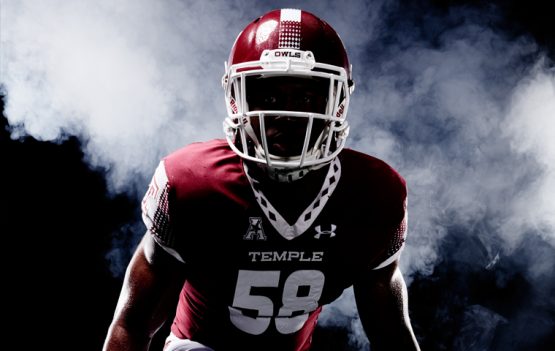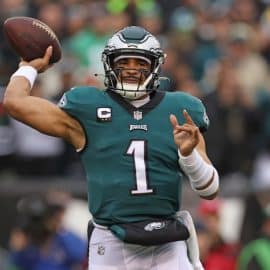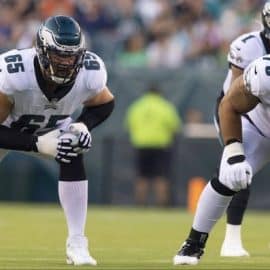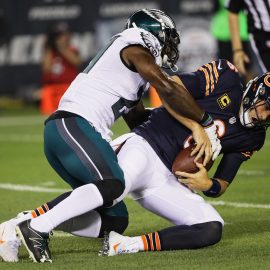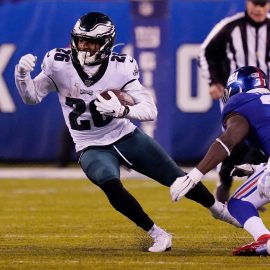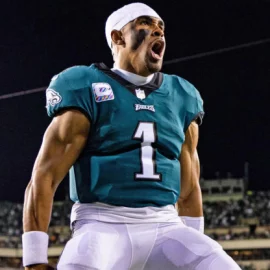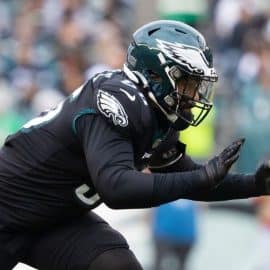Super Bowl 47 is set…the 49ers and the Ravens… Harbaugh vs. Harbaugh…no such fairy tale ending for the Eagles, alas…
But the wheel keeps turning.
Bill McGovern of Boston College becomes the Eagles' next linebackers coach…
In a rather shocking move, former Boston College defensive coordinator and BC's current linebacker coach Bill McGovern has reportedly accepted a position on Chip Kelly's staff with the Philadelphia Eagles. Per the report, McGovern will be joining former BC tight end Bob Bicknell on the Eagles' staff.
His role hasn't been clarified yet, but best guess would be that McGovern would be coaching the linebackers for Philadelphia.
McGovern, whose defenses have struggled the past two years, was basically demoted by BC head coach Steve Addazio late in December. While his schemes left much to be desired, his work with linebackers had superb results — producing such standouts as Luke Kuechly, Mark Herzlich, Ray Henderson and Robert Francois. This is a great career move for McGovern, so congratulations to him.
Then there's Pat Shurmur, the former long-time assistant to Andy Reid's Eagles and recent head coach of the Cleveland Browns—he's rumored to be confirmed as Chip Kelly's new offensive coordinator— even though we know Chip will be calling all of his own plays.
No biggie… Maybe Pat will be there to simply communicate with quarterbacks on the sideline…
But I digress.
Our good friend Anthony Brown from RedskinsHogHeaven.com sent us a transcript from a recent interview with Jim Heacock, formerly of Ohio State, who was one of the last defensive coordinators in the NCAA to have actually stopped Chip Kelly's offensive juggernaut.
Add The Sports Daily to your Google News Feed!

